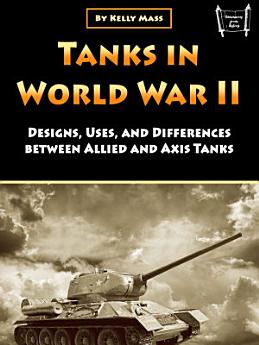Tanks in World War II: Designs, Uses, and Differences between Allied and Axis Tanks
About this ebook
The philosophical foundation for armored warfare had been established during the interwar period by visionary military theorists like Heinz Guderian in Germany, Charles de Gaulle in France, and J.F.C. Fuller in Britain. These theorists argued that tanks should be concentrated in independent formations capable of conducting rapid, deep penetrations of enemy defenses rather than being dispersed among infantry units as mobile pillboxes. Their concepts emphasized speed, surprise, and the concentration of force at decisive points, principles that would prove revolutionary when implemented on the battlefields of World War II.
Germany entered the war with perhaps the most advanced understanding of tank employment, having developed the concept of Blitzkrieg or "lightning war" that integrated tanks, motorized infantry, artillery, and close air support into coordinated combined-arms formations. The German panzer divisions that invaded Poland in September 1939 demonstrated the devastating effectiveness of concentrated armored formations operating with air support and artillery coordination. These early campaigns established patterns of tank employment that would influence armored warfare throughout the conflict.








